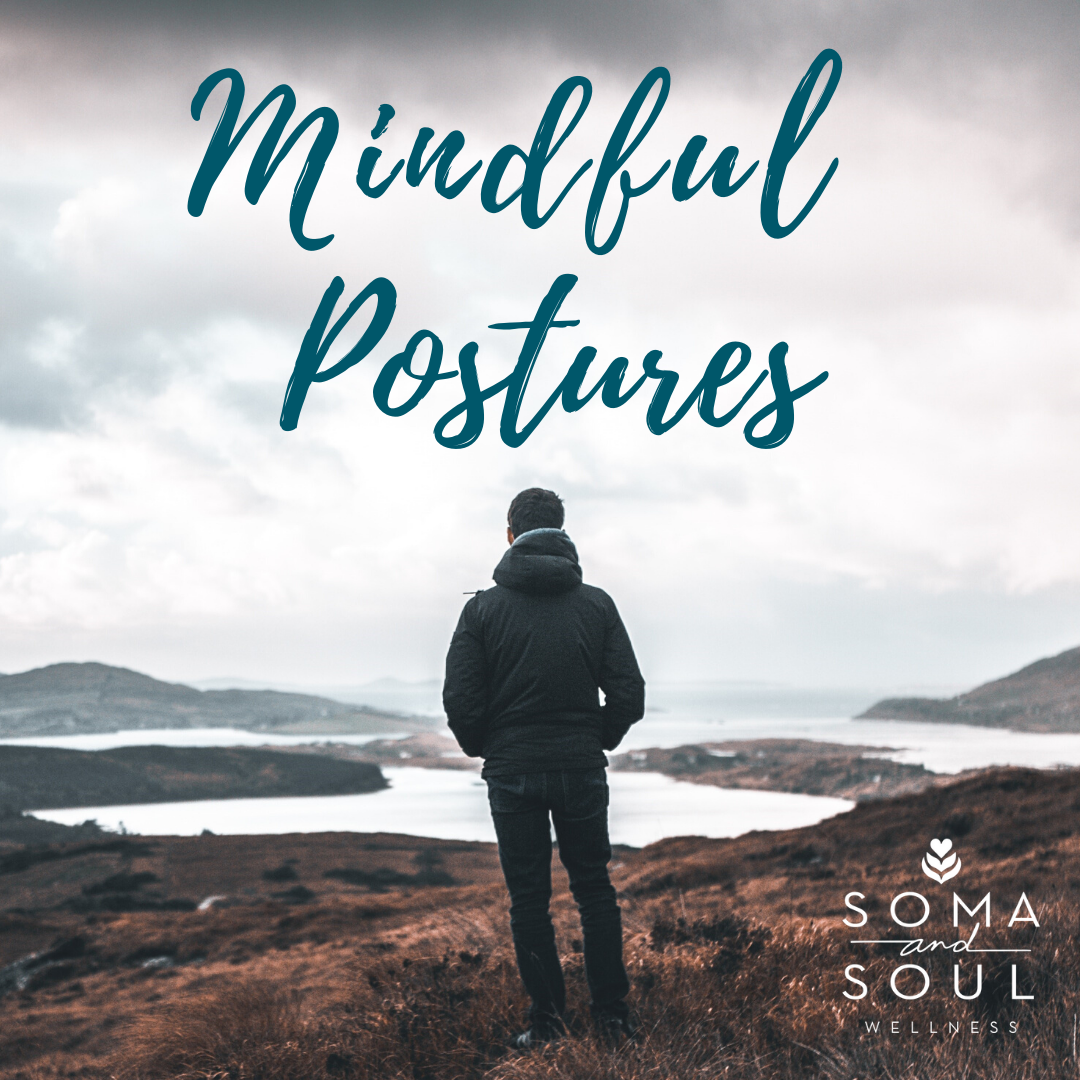MINDFUL POSTURES – Lateral Hip Shift
By: Jesseny Rojas, Manual Osteopathic Practitioner
Postures you unconsciously place your body into every day may be adversely adding structural and functional stress to it. The consequences of postural compensation predispose an individual to adapt to postures that are less than ideal because when fatigue sets in, the body will resort to what is comfortable or habit.
The body has both tension and compression elements within its structure that can be described as a tensegrity system. The bones act as spacers with all our muscles, connective tissue and organs lying in- between. If there is an imbalance or pull on one end of the tensegrity system, the rest of the structure adapts to accommodate the shortening.
The development of scar tissue, imbalanced exercise selection, repetitive movements such as prolonged sitting, improper standing positions, pregnancy and trauma can be one of the many reasons why such an imbalance occurs in our bodies.
How does this affect your body? If you’re having any issues with your shoulders, low back, spine, hips, knees, feet then perhaps it’s the way you’re standing and/or sitting. It may be because you are shifting your weight more onto one side thus taking the body out of proper alignment.
- A poor standing posture increases both the intrinsic (internal) and extrinsic (external) loads to the body.
- A poor standing posture weakens the support mechanisms.
- A poor standing posture increases the functional demands on the postural structures.
- A poor standing posture challenges the ability to compensate for the additional stresses from the gravitation forces.
- A poor standing posture is underestimated as a disruptor in keeping the body balanced.
An example of a poor standing posture is shifting the majority of your body weight onto one leg which results in hiking the hip up. This is called a lateral pelvic tilt stance. This causes an un-level sacral base with the spine compensating by changing the spinal curves. It creates uneven shoulders and possibly a functional scoliosis.
Stretching the muscles such as the gluteus medius, tensor fascia latae and adductors to name a few that have been placed at the shortened position can help ease the discomforts that may arise.
Osteopathic treatments will help restore function in the body by treating the imbalanced structures to open space and allow healthy fluids get to the areas that have been restricted. Try an Osteopathic session and experience this for yourself.




